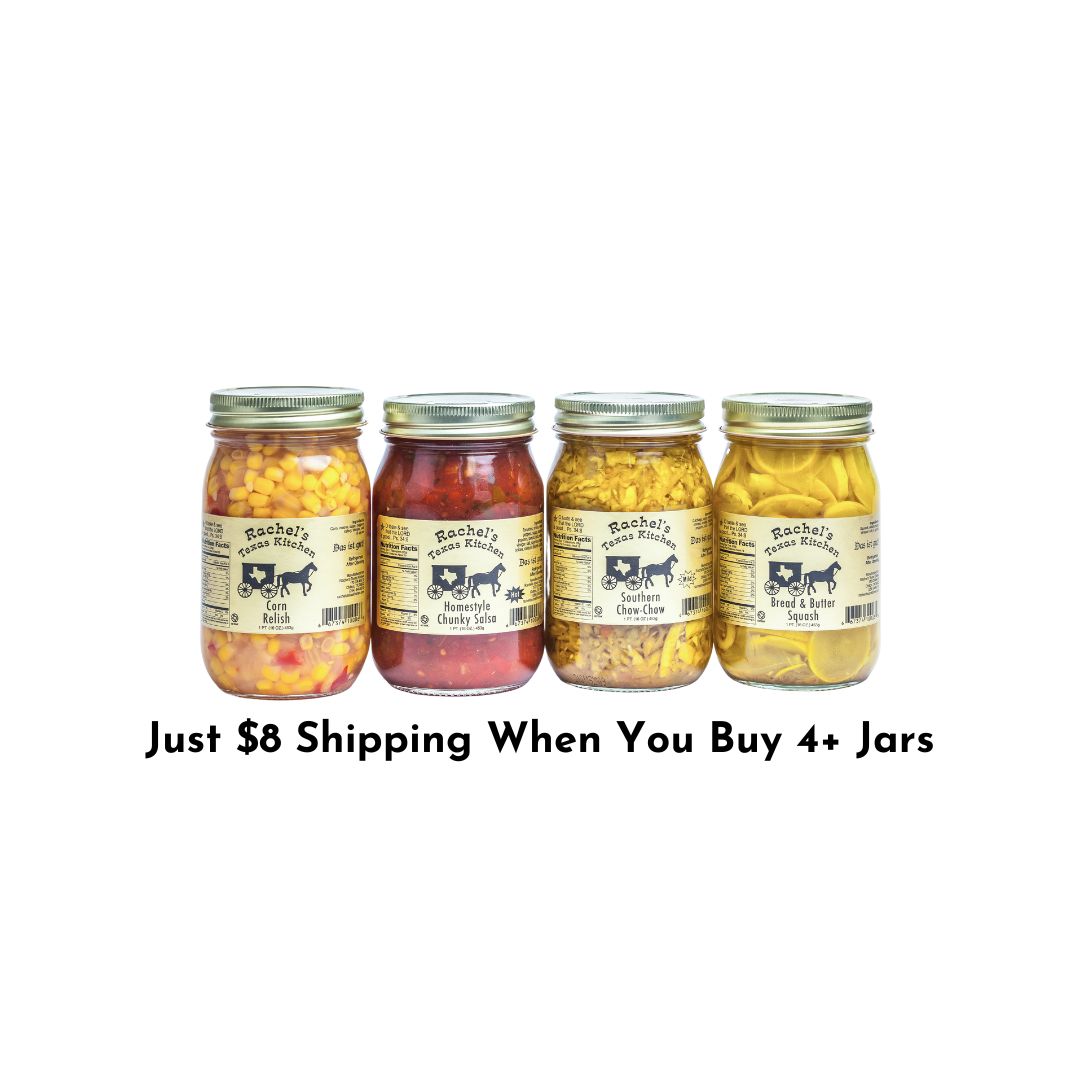The History of Glass Jars
Glass jars have a long and fascinating history, dating back to ancient times. While it's hard to pinpoint the exact date of their invention, glassblowing, which is the technique used to make glass containers, is believed to have originated around the 1st century BC in the Roman Empire. The first glass containers were pretty simple, changing over centuries into more sophisticated forms.
Before the invention of the screw-on lid, glass jars were a promising concept with a major limitation: reliable seals. Several hundred years ago, glass jars typically featured airtight seals using cork stoppers, wax, or other methods. While they were effective to some extent, maintaining an airtight seal and preserving food for long periods presented challenges. The seal often required meticulous attention, and once broken, it was difficult to restore. This meant that the reliability of glass jars as a food preservation method was limited. Despite these shortcomings, glass jars were still preferred over other alternatives of the time, such as metal cans, due to their non-reactive nature and transparency, which allowed people to see the contents inside.
In 1858, Mason patented the first-ever glass jar with a threaded metal screw-on lid. This simple yet ingenious design created an airtight seal, ensuring that the contents remained fresh and safe from spoilage.
The adoption of glass jars for food packaging had a profound impact on society. Prior to this invention, food preservation methods were mostly limited to salting, drying, or canning in tin containers, which often left food with an altered taste and texture. With glass jars, the freshness and flavor of fruits, vegetables, jams, and pickles could be retained much more effectively.
The significance of this invention cannot be overstated, as it marked a turning point in the history of food preservation. The Mason jar quickly gained popularity and became an iconic piece of kitchen equipment that revolutionized food storage.
For us, glass jars do have some downsides. They’re heavy and breakable, which is a challenge for shipping. After plenty of trial and error, we’re now able to ship glass jars very reliably.
Glass jars are recyclable, impervious to odors and flavors, non-toxic, and have a long shelf life.
Plus, you get to see the delicious food inside before you open them.
Bottom line, glass jars are still the best way for us to package real food.




